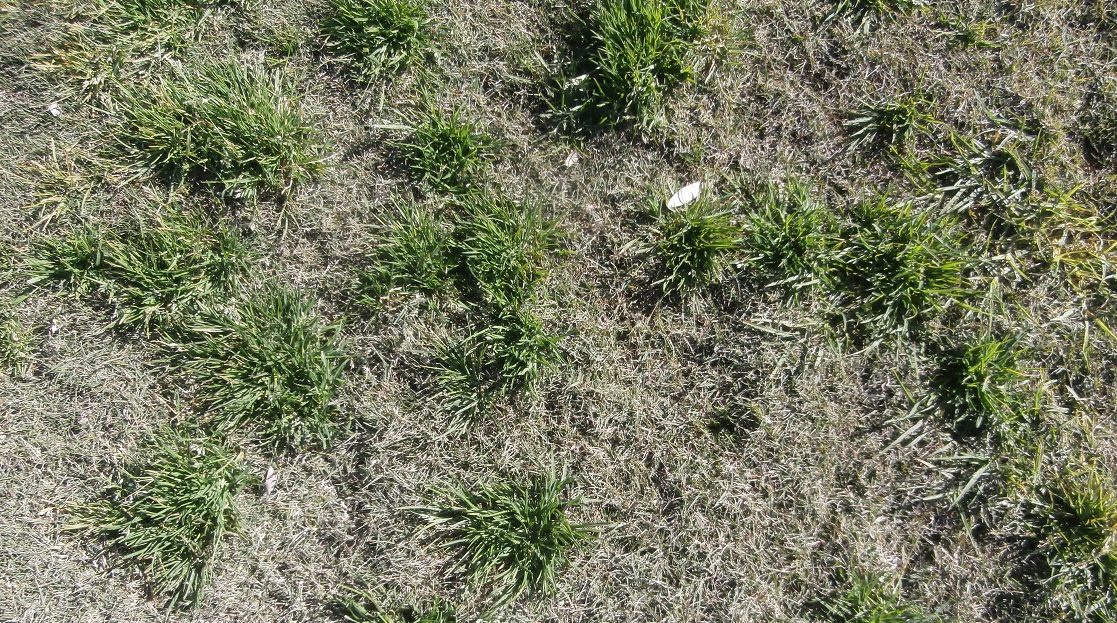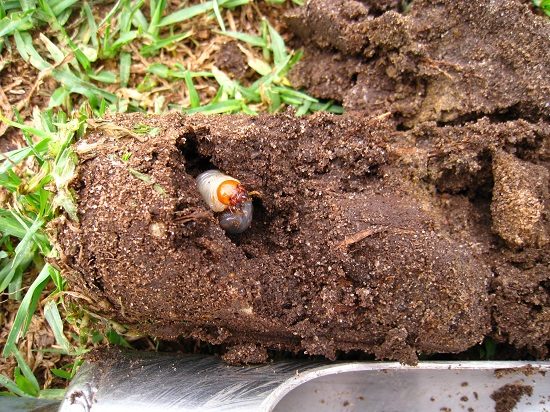Factors influencing sports field durability
Natural turf grass sports fields and open turf spaces are more heavily used now than any time in the past. With increasing population growth and a high level of participation, this pressure is tending to grow. This leads to the question: what can be done to maintain turf grass quality and safety in an economic and less invasive manner to the community, while maintaining stewardship of the natural space?
Recently, sports field managers and consultants have outlined field durability as maximum hours of use. Sports grounds in Australia are often defined as been able to accommodate 20-25 hours a week at the upper level of usage/carrying capacity. These figures have been developed over time by general observation, but have never been quantified with research and are not specific to pitch type or seasonal variability. When considering the variables that influence carrying capacity, it becomes complex. There are significant variations in type of usage/wear, pitch construction, grass types, seasonal variability and agronomic inputs. All these factors influence a pitch’s potential usage hours and each pitch will have a slightly different potential. But potential use can be compromised – a pitch that may have 20 hours use in summer may only have the durability for 10 hours if agronomic inputs do not support the pitch correctly.
As part of increasing durability, we can look to future proof our fields with capital investments. We future proof our fields from periods that limit performance such as lack of rainfall with irrigation e.g. with the installation of an irrigation system we increase the potential hours of use of a pitch by reducing water as a limiting factor.
These long-term development aspects that influence durability include:
- New grass installation
- Soil profile upgrades
- Drainage installation/upgrades
- Irrigation installation/upgrades
- Pitch leveling/grading or repositioning
We can also achieve increases in durability in the short term. Many surfaces under-perform against what would be their theoretical maximum durability level. This is where agronomic management of pitches can make a real impact in the short term to improve field quality and resilience.
A range of agronomic considerations need to be addressed to maximise surface durability. These shorter-term agronomic aspects of management include:
- Suitable and sufficient fertiliser/nutrition
- Irrigation management – adequate soil moisture
- Soil aeration, topdressing
- Suitable/sufficient mowing and plant growth regulators such as PRIMO MAXX
- Weeds management – prevention and removal
- Pest management – prevention and removal
- Usage management
Agronomic management is the ‘here and now’ of what we can do to extend the ability of a pitch to hold up against and recover faster from wear. Two of the greatest limitations seen in the field is the development of pests and weeds. Both are invasive and without proper management, they can deteriorate sport field condition quickly.
WEEDS
Weeds have evolved to compete against turf grass for resources such as nutrients, water and space. Many weeds, once established, are much harder to remove than would be if they were prevented. Secondary to deterioration of field quality and competition with the turf grass for resources, clumping grass weeds can also become trip hazards.
Troublesome weeds regularly found in our playing surfaces include Crowsfoot (Eleusine indica), Summer Grass (Digitaria sanguinalis), Wintergrass (Poa annua) and the perennial grasses such as African Love Grass (Eragrostis curvula) and Giant Parramatta Grass (Sporobolus fertilis). Problematic grass weeds seen in sports fields have common attributes that make them well adapted to invasion and re-establishment year after year. These include:
- Prolific seed production that generate seed banks
- Fast germinating
- Often difficult to remove with selective herbicides once established
- Tolerant to a wide range of conditions and cultural practice such as low mowing

PESTS
Pests affect the plant health through reduced rooting (reduced stability, water and nutrient uptake), damaged plant foliage (reduced photosynthesis, plant recovery and resistance to wear),
reduced recovery (resilience) and loss of turf cover. This is compounded by some pests having multiple generational populations, leading to multiple outbreaks.
Scarab larvae from African Black beetle (Heteronychus arator) and Argentine Scarab (Cyclocephala signaticollis) regularly attack turf grass in Australia. The main damage caused is a decimation of the root systems. Caterpillars cause frequent turf damage and in high populations, they can strip pitches of green foliage. These pests commonly include Armyworm (Spodoptera mauritia) and Sod webworm (Herpetogramma licarsisalis). Damage can strip large areas of green leaf from the turf surface, which greatly reduces recovery and resilience.
One thing to note with these pests, is that once damage is obvious, it’s too late to prevent loss of durability. This is why season-long control options are the most effective in controlling and maintaining our field quality and durability.

Beetle grub destroying roots
MANAGEMENT
Reducing the negative impact of weeds and pests can be achieved with timely control measures. When assessing control options, we should look at options that are strongly preventative to ensure we maintain the surface at its maximum hours of potential usage. It is also beneficial to utilise options that reduce the number of control interventions, therefore reducing costs and disruption to end users.
Two products that have achieved this are BARRICADE pre-emergent herbicide and ACELEYPRN insecticide. Both have been well integrated into field maintenance as part of agronomic programs. They provide season long control, creating better outcomes in pest and weed prevention and control. They reduce the limitation of potential hours of use imposed by weed and pests and aid in maintaining durability.
As season long control options, BARRICADE and ACELEPRYN are registered for up to 6 months control of weeds and pests. Both products are exempt from poison scheduling, creating less disruption and reducing impact on the community. This unscheduled signal heading has been provided on assessment by the APVMA (Australian Pesticides and Veterinary Medicines Authority), our government body for chemicals and registrations in Australia. Products are classed as S5 Caution, S6 Poison and S7 Dangerous poison, but there are also products that are “unscheduled” (no signal heading) which have reduces worker risk and lower community impact.
Both products are backed by an expansive set of R&D trials in Australia and globally, ensuring their effectiveness in a range of situations and climates and on a wide range of turf grass species. Each product is specifically formulated with quality guaranteed. By utilising BARRICADE and ACELEPRYN, proactive management can be achieved.
CONCLUSION
Pest and weed management is part of an overarching agronomic approach that is both proactive and preventative. When it all comes together, season long control, incorporation of unscheduled options and reducing community disruptions, goes some way to increasing sports field durability.
